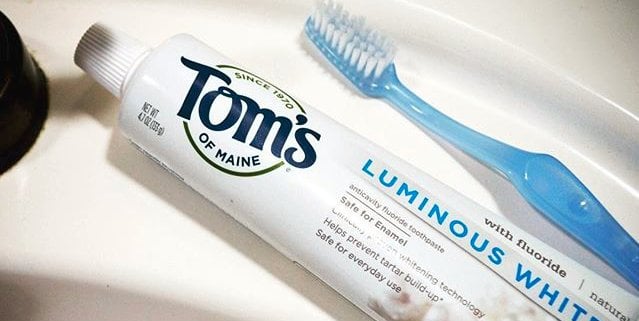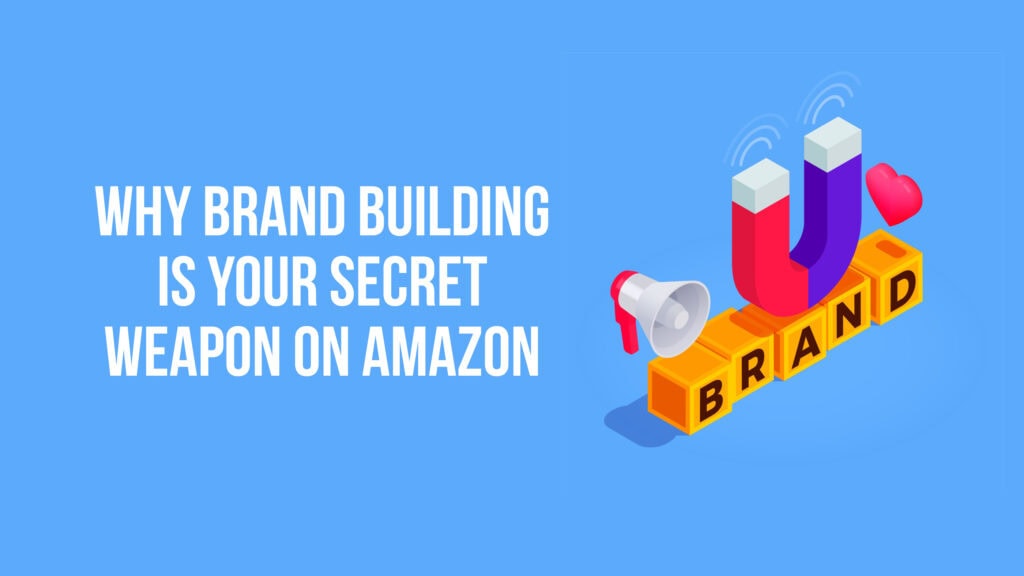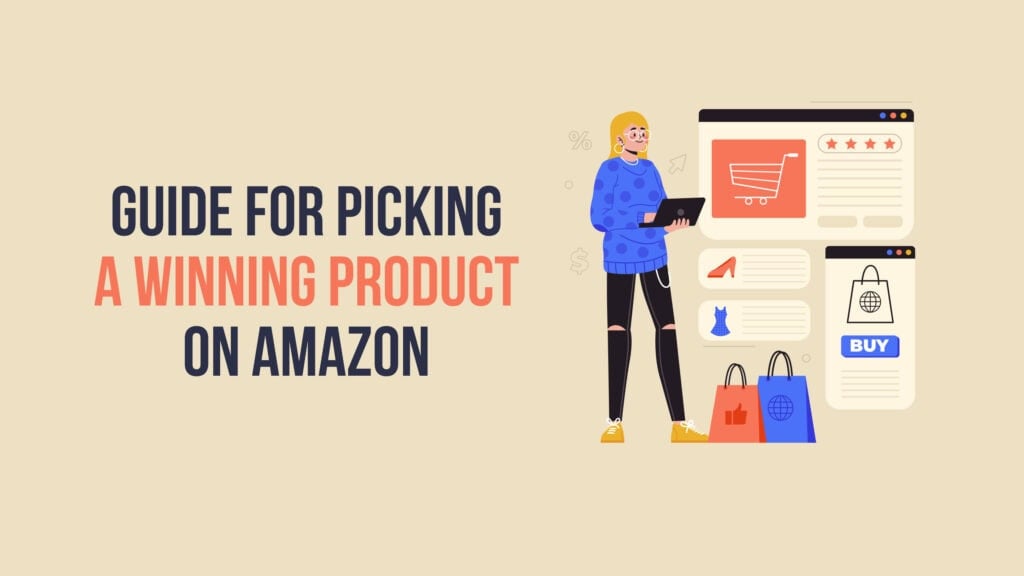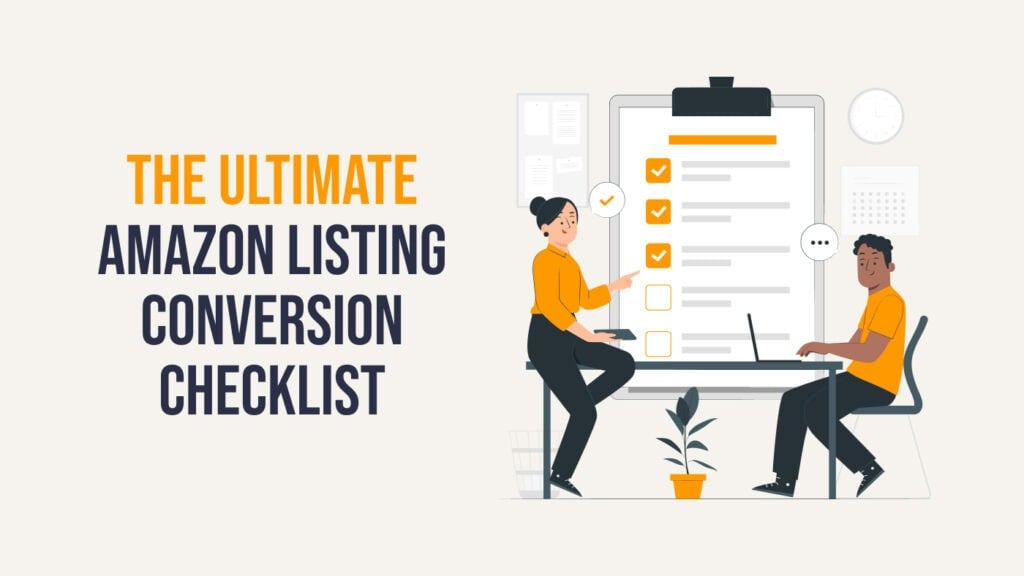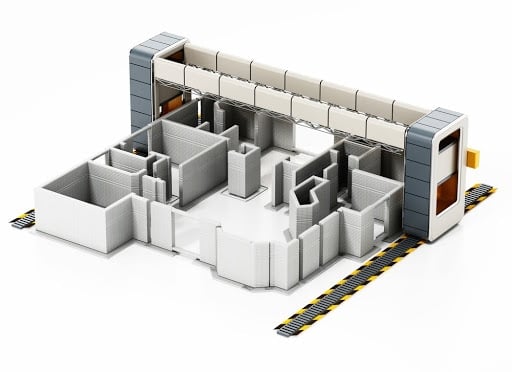Most businesses want loyal customers. They focus their time and attention on building customer loyalty.
Then, once they have it, they focus their time and attention on something else, which may lead to...
Destroying customer loyalty.
Most businesses make this mistake. They sabotage the loyalty they've worked so hard to earn from customers. It's almost always unintentional. No one sets out to deliberately try to lose loyal customers, right?
I'm not saying you're going to make this mistake. What I'm saying is this - if you don't know what you're looking for, these mistakes are incredibly hard to avoid.
Does it really matter that much if you're making sales?
Honestly, you can get the positive results without loyal customers. You can more customers, sell more products to them, get them to pay higher prices.
But that's avoiding looking at the bigger picture - the value of building a brand.
Think of building a brand as synonymous with building a community.
Research shows customer loyalty makes a huge impact on revenue, profits, and upsells. It's a common mistake to assume that customer loyalty stems from something huge. The truth is, it's actually the opposite.
Customer loyalty is all about the promises you keep. The boring, plain vanilla promises most organizations feel aren't as important.
Tom's of Maine understood these secrets.
They used these secrets to build a successful brand. Then they sold that brand to the Colgate-Palmolive Co. in 2006 for $100 million dollars.
This same path is within reach for current brand builders and physical product sellers. It requires building a brand with loyal customers.
Here's how Tom's of Maine did it.
Step #1: Solve the problem your customers want solved
There are essentially two kinds of problems. There are problems that need to be fix, and there are problems customers want to fix.
Most entrepreneurs make the mistake of focusing their time and attention on a problem that they think needs to be solved, instead of focusing on the passion that's driving their customer to their want.
Customers spend their money on solutions to problems they want fixed.
Co-founders Tom and Kate Chappell focused on several problems their customers wanted solved. All-natural personal care products that:
- Are not chemically derived
- Are not tested on animals
- Have zero environmental impact
They created more than 90 oral and body care products that focused on serving their niche market. They gave health conscious consumers exactly what they wanted, in a way that worked with their values.
Their toothpaste is so good, they're the only natural toothpaste to earn the American Dental Association's Seal of Acceptance.
Step #2: Give your customers ownership
With loyal customers, your business becomes our business. When customers make a purchase, they buy into your business.
Their buy-in comes with expectations. Are you listening to your customers? Do they have a say in the direction of the brand/business?
Tom's gives their community buy-in with a variety of programs.
- They encourage employee volunteering. They allow employees to use 5 percent of their paid work time serving their local communities.
- Tom's gives 10 percent of their profits back to the community via their 50 states for good program. They donate a large sum to non-profits who are serving their communities.
- They include customers in their "Stewardship Model," showing how they select/source natural and sustainable ingredients for each of their products.
This gives their community a standard to uphold, and a reason to hold them accountable in the event that they fail. The result? Customers have ownership and a true community forms.
Step #3: Give customers your loyalty
Customers don't want you to cheat on them. They want you to include them in the big decisions. They want you to be loyal, honest, consistent, and true to who you are.
Tom's uses their Goodness and manufacturing reports to show customers they're willing to be transparent. They're including customers in the big decisions as they crop up. When they're accused of using unnatural ingredients in their products, they face the accusations openly.
They're not looking for ways to bury their news or hide the fact that they're being sued. They do their best to be open and transparent with their customers, community, and audience.
Step #4: Build customer loyalty with stability
Customers are looking for you show that you're a stable company. They want to know you're a brand they can count on.
- How long have you been in business? Tom's has been around since 1970.
- Will you be around tomorrow? Tom's is now part of Colgate-Palmolive, an international company.
- Will you continue to support the values you support today? Tom's of Maine was sold on the condition that the policies and company culture remain unchanged.
This stability gives customers the consistency and peace of mind they need to stick with your brand. The more stable your brand, the more likely your customers are to stick around.
At Capitalism.com, we teach entrepreneurs how to build brands with loyal, engaged audiences. We do this because we believe that entrepreneurs are the way we solve problems.
It's about providing value to people who are looking for products that address concerns customers have in their lives and in their businesses.
And the easiest way to do that is by building a physical products brand.
Join our audience builder webinar today to discover how you can become a brand builder.
MORE BUSINESS STORIES ON CAPITALISM.COM:
• The Crucial Growth Strategy for Maximum Profit on Amazon with Casey Gauss
• Serial Entrepreneur Jeff Hoffman Teaches Entrepreneurs How To Scale
• How to Form Successful Business Partnerships
